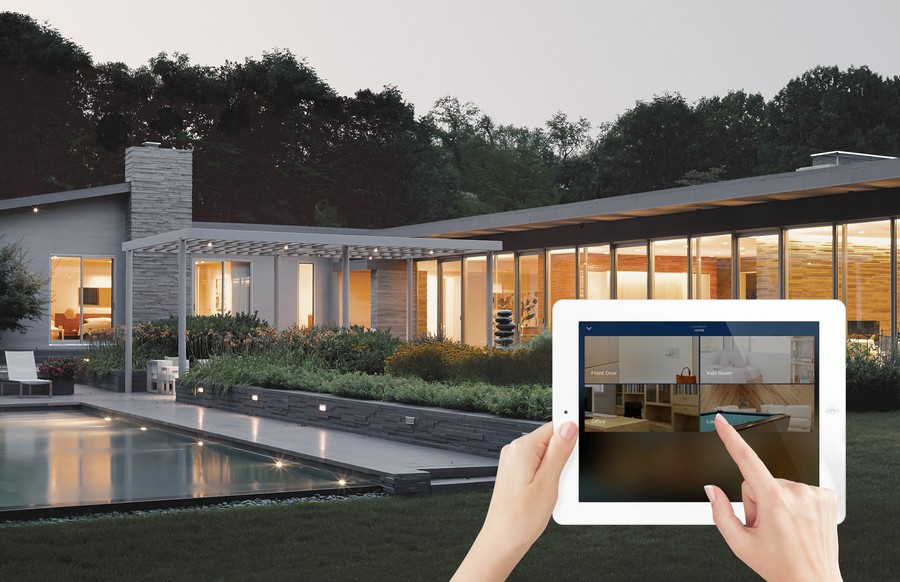The Future of Home Living Home Automation
Home automation System has revolutionized the way we interact with our homes. By integrating technology into our daily lives, we can create more comfortable, efficient, and secure living spaces.
Smart Homes, Smarter Living home automation System
With home automation, you can control various aspects of your home, such as lighting, temperature, security systems, and entertainment systems, from a single 1 device or even remotely. This level of control not only enhances convenience but also adds a touch of luxury to your home.
The Benefits of Home automation System
- Enhanced Comfort: Home automation allows you to customize your home’s environment to your specific preferences. For example, you can set your thermostat to automatically adjust the temperature based on the time of day or your location.
- Increased Energy Efficiency: By automating your home’s systems, you can reduce energy consumption and lower your utility bills. Smart thermostats, for instance, can learn your habits and adjust the temperature accordingly.
- Improved Security: Home automation systems can enhance your home’s security by providing remote monitoring, automated locks, and smart security cameras. You can receive alerts on your smartphone if any unusual activity is detected.
- Added Convenience: Imagine waking up to your favorite music playing, your lights gradually turning on, and your coffee maker brewing. Home automation can automate these tasks, making your mornings more enjoyable.
Key Components of a Home Automation System
- Smart Hub: A smart hub serves as the central control point for your home automation system. It connects to various devices and allows you to control them through a single app.
- Smart Speakers: Voice-activated smart speakers, such as Amazon Echo and Google Home, enable hands-free control of your home automation system. You can use voice commands to adjust lights, play music, and more.
- Smart Thermostats: Smart thermostats learn your habits and adjust the temperature accordingly, optimizing energy efficiency.
- Smart Lighting: Smart lighting systems allow you to control the brightness and color of your lights, creating the perfect ambiance for any occasion.
- Smart Security Systems: Home automation systems can integrate with security cameras, door sensors, and motion detectors to enhance your home’s security.
- Smart Home Appliances: Smart appliances, such as smart refrigerators and washing machines, offer advanced features like remote control and automated scheduling.
Setting Up Your Home Automation System
Setting up a home automation system may seem daunting, but with careful planning and the right tools, it can be a relatively simple process.
- Assess Your Needs: Determine which areas of your home you want to automate, such as lighting, temperature, or security.
- Choose a Smart Hub: Select a smart hub that is compatible with the devices you want to control.
- Select Compatible Devices: Choose devices that are compatible with your chosen smart hub.
- Install and Configure Devices: Follow the manufacturer’s instructions to install and configure your devices.
- Set Up Automation Routines: Create custom automation routines to streamline your daily tasks.
Future Trends in Home Automation
The future of home automation is exciting, with new technologies and innovative solutions emerging constantly. Some of the trends to watch include:
- Increased Integration: Home automation systems will become more integrated with other technologies, such as smart cars and wearable devices.
- AI-Powered Personalization: AI will enable home automation systems to learn your preferences and customize your home environment accordingly.
- Enhanced Security: Advanced security features, such as facial recognition and biometric locks, will further strengthen home security.
- Energy Efficiency: Home automation systems will continue to evolve to optimize energy consumption and reduce environmental impact.
By embracing home automation, you can create a more comfortable, efficient, and secure living space. As technology continues to advance, the possibilities for home automation are truly endless.








